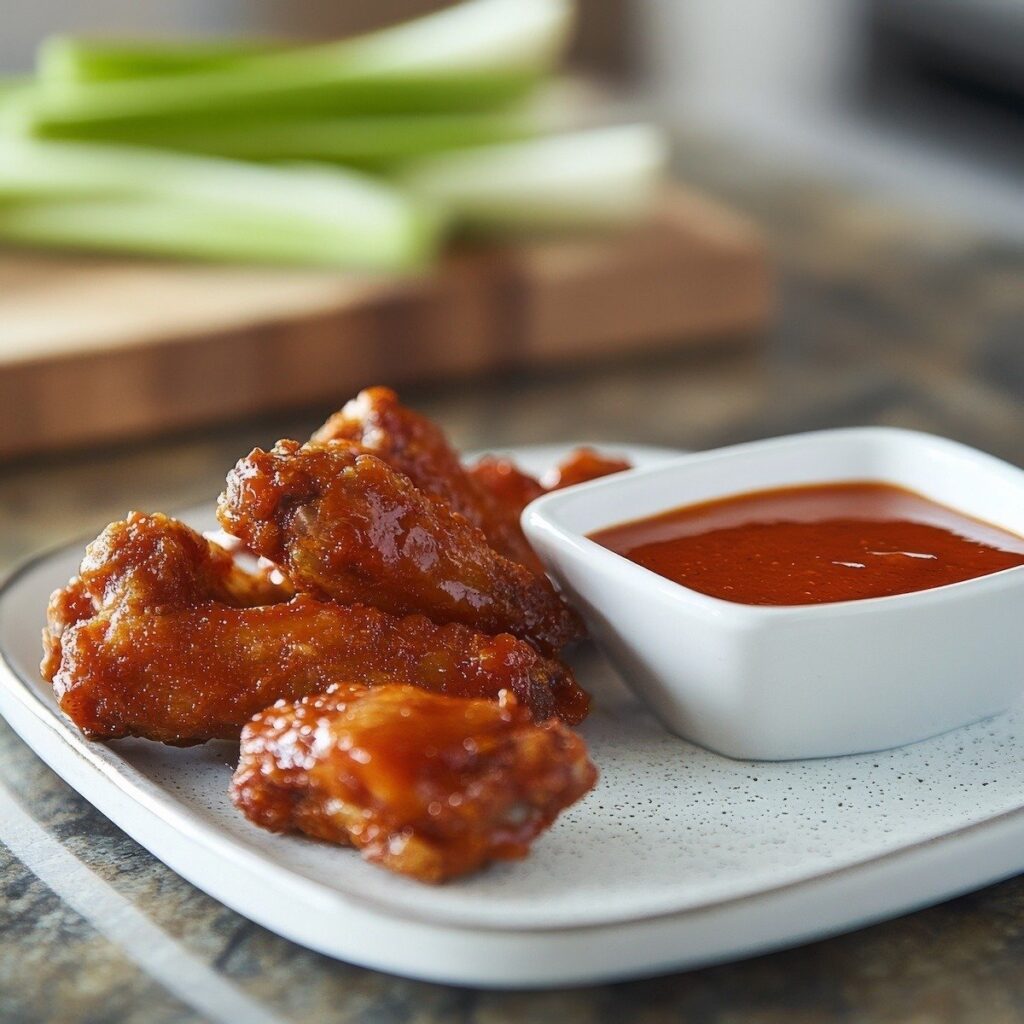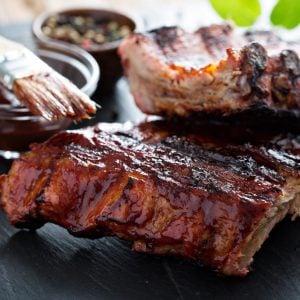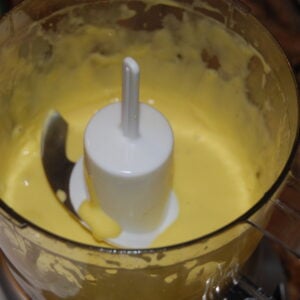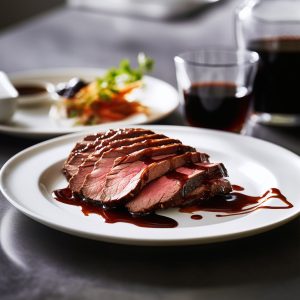Discover the Perfect Buffalo Dipping Sauce for Chicken Wings
Buffalo dipping sauce is a quintessential accompaniment for chicken wings, offering a perfect balance of tangy heat and rich buttery goodness. Originating from Buffalo, New York, this iconic sauce has become a staple at game day parties, barbecues, and casual gatherings, loved for its bold flavors and versatile uses.
In its simplest form, buffalo dipping sauce combines hot sauce with melted butter, creating a spicy and creamy sauce. Adding ingredients like garlic, vinegar, and Worcestershire sauce can enhance its depth and complexity, making it a versatile option for wings, chicken tenders, and vegetables, and even as a zesty salad dressing.
Making buffalo dipping sauce at home allows you to tailor the heat level and flavor to your taste, ensuring a fresh, customized experience every time. Whether you prefer a mild kick or fiery spice, homemade buffalo sauce can elevate your appetizers from ordinary to extraordinary.
This post will explore creating the perfect buffalo dipping sauce, share tips for achieving the ideal consistency and heat, and provide delicious serving suggestions to impress your guests and satisfy your taste buds.
Buffalo Dipping Sauce History
Buffalo dipping sauce, commonly associated with buffalo wings, has a fascinating history rooted in Buffalo, New York. The story of the sauce begins in 1964, when Teressa Bellissimo, co-owner of the Anchor Bar in Buffalo, created the original buffalo wings recipe.
Origins:
- Creation: Teressa Bellissimo and her husband Frank ran the Anchor Bar, a popular eatery in Buffalo. One evening, Teressa was looking for a way to use up some leftover chicken wings, which were typically considered a less desirable part of the chicken then. She decided to deep-fry the wings and coat them in a spicy, tangy sauce made from hot sauce and melted butter.
- The Sauce: The sauce was a simple blend of Frank’s RedHot sauce and melted butter, designed to enhance the wings with a bold, spicy flavor. The combination of heat and richness quickly became a hit with the bar’s patrons, leading to the rise in popularity of buffalo wings.
Spread of Popularity:
- National Recognition: The popularity of buffalo wings grew beyond Buffalo, eventually becoming a national phenomenon. By the 1980s and 1990s, buffalo wings were a staple in bars and restaurants across the United States, often served as a key feature on menus for their flavor and shareable nature.
- Cultural Impact: Today, buffalo dipping sauce and wings are celebrated as classic American comfort food. The sauce has evolved with numerous variations, including different levels of spiciness and additional flavorings, but the essence of its bold, buttery heat remains a favorite.
Buffalo dipping sauce’s history reflects a creative use of simple ingredients, leading to a culinary staple cherished by many.
Versions
Buffalo sauce can be prepared in numerous ways to suit different tastes. You can stick with the classic blend of hot sauce and melted butter for a traditional kick.
For a milder version, reduce the hot sauce or add honey. Spice things up with extra hot peppers or add garlic for a robust flavor. Mix in BBQ sauce for a smoky twist, or incorporate blue cheese for a creamy touch. The possibilities are endless, making buffalo sauce versatile and customizable.
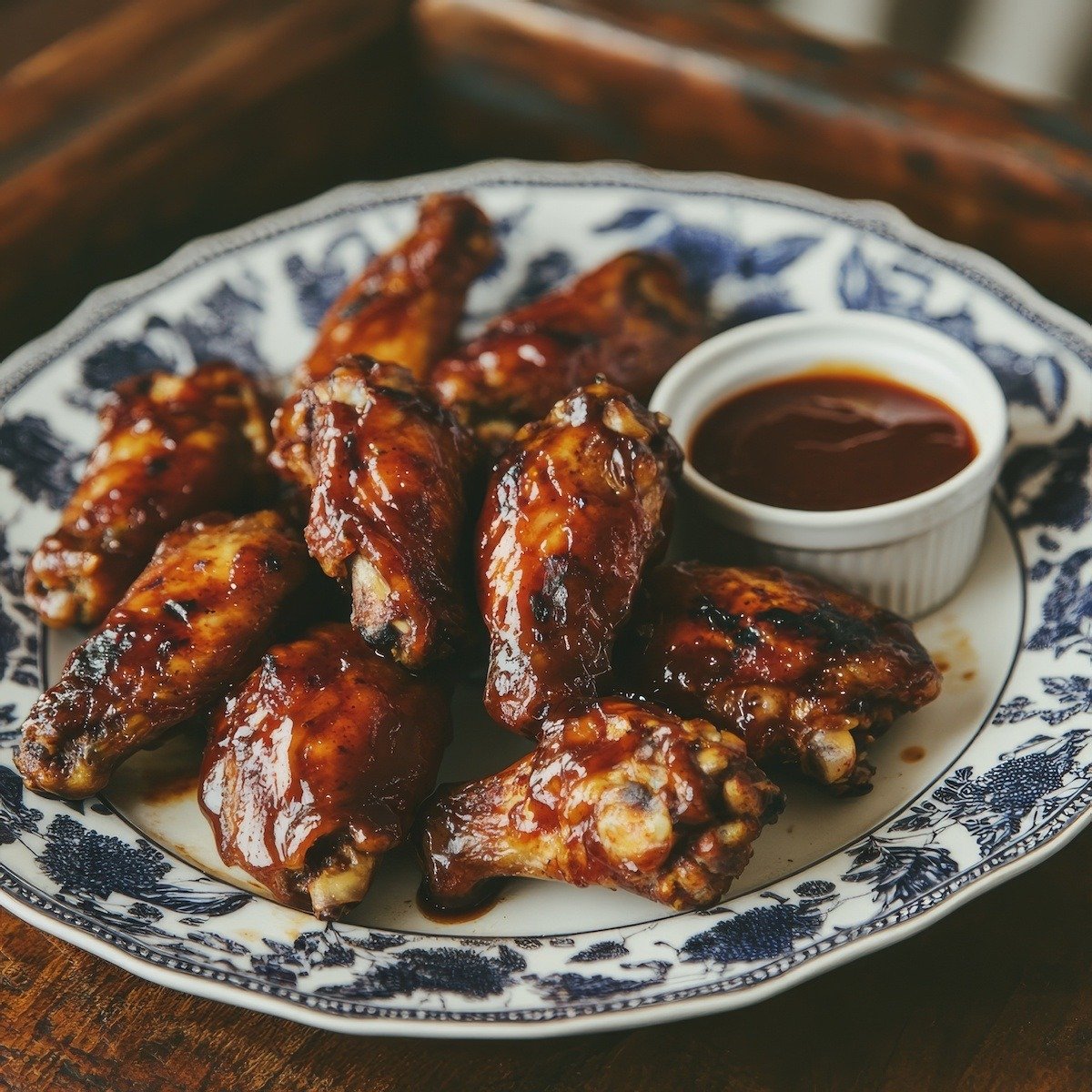
Fun Facts
- Origin of the Name: Despite the name, buffalo sauce has nothing to do with the animal. It’s named after Buffalo, New York, where the sauce and buffalo wings were created.
- First Use: Teressa Bellissimo created the original buffalo sauce in 1964 at the Anchor Bar in Buffalo. It was a way to use leftover chicken wings, which were not popular then.
- Versatile Sauce: Buffalo sauce isn’t just for wings! It can flavor other foods like burgers, fries, cauliflower, and even pasta.
- Scientific Name: Buffalo sauce’s spiciness comes from capsaicin, a compound found in hot peppers that triggers the body’s pain receptors, giving the sensation of heat.
- Signature Blend: Frank’s RedHot Sauce, a key ingredient in classic buffalo sauce, was initially created in 1920. It’s famous for its tangy heat and is often considered the authentic base for buffalo sauce.
- Cultural Phenomenon: Buffalo wings and their accompanying sauce have become so popular that they have their own dedicated holiday—National Buffalo Wing Day is celebrated on July 29th each year.
- Color Change: Buffalo sauce’s rich orange color comes from the combination of hot sauce and butter. The butter helps to balance the heat and create a smooth texture.
Buffalo Dipping Sauce
Ingredients
- ½ cup unsalted butter melted
- ½ cup hot sauce like Frank's RedHot
- 1 tablespoon white vinegar
- 1 teaspoon Worcestershire sauce
- 1 clove garlic minced
- ¼ teaspoon cayenne pepper optional for extra heat
- salt to taste
Instructions
Melt the Butter
- Melt the butter in a small saucepan over medium-low heat. The butter adds richness to the sauce and helps balance its acidity.
Add the Hot Sauce and Seasonings
- Once the butter is melted, stir in the hot sauce, white vinegar, Worcestershire sauce, minced garlic, and cayenne pepper (if using). Stir well to combine all the ingredients.
- The hot sauce provides the signature tangy heat, while the vinegar and Worcestershire sauce add depth and brightness to the flavor. Garlic adds an aromatic touch.
Simmer the Sauce
- Let the sauce simmer over low heat for 2-3 minutes, allowing the flavors to meld together. Stir occasionally to ensure the ingredients are well incorporated.
Taste and Adjust
- Taste the sauce and adjust the seasoning if necessary. If you prefer a milder sauce, add a bit more melted butter. Add a pinch of cayenne pepper or extra hot sauce for more heat.
Serve Warm
- Once the sauce is ready, transfer it to a serving dish. Serve it warm as a dipping sauce alongside your air fryer chicken wings, or toss the wings in the sauce for a classic buffalo flavor.

